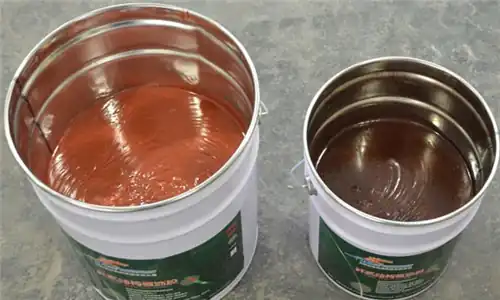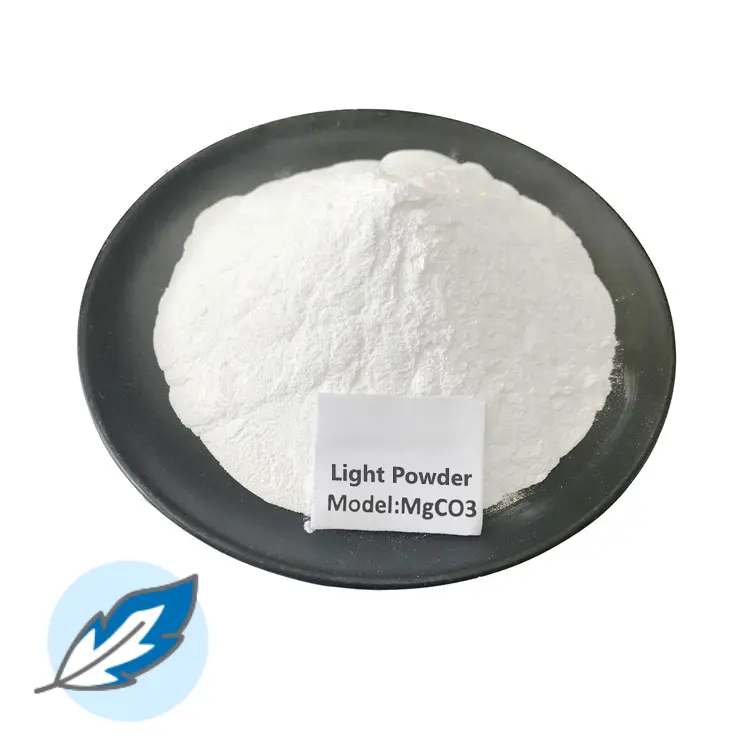Epoxy resin is a polymer material with very good performance, which is widely used in machinery, electrical appliances, electronics, aviation, aerospace, chemical industry, transportation, construction and other fields. However, epoxy resin has a low limiting oxygen index and is a flammable material. Its flammability and continuous spontaneous combustion after fire greatly limit its application. In order to improve the flame retardant properties of epoxy resin, the application of environmentally friendly flame retardant-magnesium carbonate in epoxy resin is gradually receiving widespread attention and concern from both inside and outside the industry.

Magnesium carbonate is a white solid powder, odorless, tasteless, difficult to dissolve in water, but easily soluble in acid. It has good thermal stability, non-toxic, non-volatile, no corrosive gas and no secondary pollution. In addition, the price of magnesium carbonate is relatively low, and it is a flame retardant with high cost performance.
Adding magnesium carbonate to epoxy resin can effectively improve its flame retardant properties. With the increase of magnesium carbonate addition, the limiting oxygen index of epoxy resin also gradually increases. Studies have shown that when the addition of magnesium carbonate reaches a certain proportion, the limiting oxygen index of epoxy resin can be significantly improved, thereby achieving a flame retardant effect.
Specifically, the flame retardant effect of magnesium carbonate in epoxy resin is mainly reflected in the following aspects:
Dilution effect: Magnesium carbonate decomposes to produce carbon dioxide and water vapor during combustion. These gases can dilute the concentration of combustible gas and oxygen, and reduce the rate and intensity of the combustion reaction.
Cooling effect: Magnesium carbonate decomposes and absorbs heat, which can reduce the temperature of the combustion area and slow down the combustion reaction.
Isolation effect: The solid residue produced by the decomposition of magnesium carbonate can cover the surface of the burning material, forming an isolation layer, isolating air and heat, and preventing the further progress of the combustion reaction.
Catalytic flame retardant effect: The active magnesium oxide produced by the decomposition of magnesium carbonate can catalyze the thermal oxygen cross-linking reaction of epoxy resin to generate a stable carbon-containing residue. This residue has a strong adsorption capacity and can adsorb carbon particles produced by combustion, reducing the rate of the combustion reaction.
Studies have shown that when magnesium carbonate is added to epoxy resin, when the addition amount is 56.5%, the limiting oxygen index of epoxy resin can reach 29.7%, which is significantly higher than the limiting oxygen index (19.8%) of epoxy resin without magnesium carbonate. At the same time, with the increase of magnesium carbonate addition, the thermal decomposition termination temperature of epoxy resin also decreased by about 100°C, indicating that the addition of magnesium carbonate can reduce the thermal stability of epoxy resin, which is beneficial to the improvement of its flame retardant properties.

